Kilts, the traditional Scottish attire, have transcended their cultural roots and become a fashion statement for people around the globe. Whether you’re attending a formal event, a casual gathering, or even a wedding, a well-chosen kilt can elevate your style and make a lasting impression. In this comprehensive guide, we’ll explore the art of buying kilts for different occasions, helping you navigate the rich tapestry of styles, fabrics, and accessories to ensure you find the perfect kilt for every event.
Understanding Occasion-Specific Kilts
1. Formal Events
For formal occasions such as weddings, galas, or prestigious ceremonies, it’s essential to opt for a kilt that exudes sophistication and tradition. The classic formal kilt, also known as the Prince Charlie, is a timeless choice. Crafted from wool and featuring a black tie, this kilt is often accompanied by a wing-collared shirt and a bow tie. A sporran and traditional kilt hose complete the ensemble, providing a polished look that seamlessly blends tradition with contemporary elegance.
2. Casual Gatherings
When attending a more relaxed setting, such as a family reunion or casual social event, a casual kilt is the way to go. Utilize lighter fabrics like cotton or a poly-viscose blend for comfort, and choose a tartan pattern that reflects your personal style or family heritage. Casual kilts typically have fewer pleats and can be paired with a simple shirt or polo. This versatile style allows you to express your individuality while still embracing the essence of Scottish tradition.
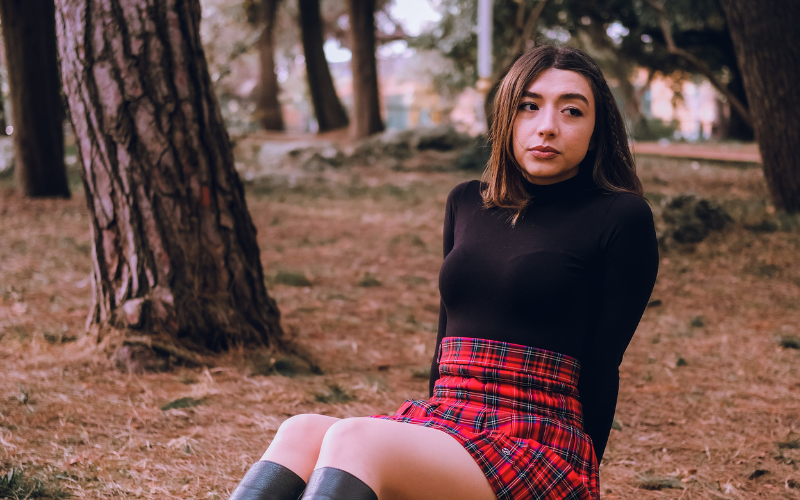
3. Sporting Events
Attending a sporting event or participating in a Scottish-themed competition? Consider a sports kilt. These kilts are designed with the active individual in mind, featuring a shorter length and durable materials like acrylic. Ideal for Highland games or casual sports events, sports kilts allow for ease of movement without compromising on style. Team it with a comfortable t-shirt and a pair of sturdy boots, and you’ll be ready for whatever the day brings.
Choosing the Right Fabric
1. Wool
Wool is the traditional and most common fabric used in crafting kilts. It provides a luxurious feel, and excellent drape, and is well-suited for formal occasions. Depending on the season, you can choose between lightweight wool for summer events and heavier wool for colder climates. Wool kilts are durable and timeless, ensuring longevity in both style and wear.
2. Cotton
Cotton kilts are perfect for casual occasions. They are lightweight, breathable, and comfortable, making them an excellent choice for outdoor events or warm weather. Additionally, cotton kilts are easy to care for, allowing you to maintain a crisp and fresh look with minimal effort.
3. Poly-Viscose Blend
Combining polyester and viscose creates a poly-viscose blend, offering the benefits of both materials. This blend provides the look and feel of wool while being more affordable and easier to maintain. Poly-viscose kilts are an excellent choice for those seeking a balance between tradition and practicality.
Accessorizing Your Kilt
1. Sporran
The sporran is a crucial accessory that complements the kilt. It serves both functional and aesthetic purposes, providing a pocket for small essentials while adding a touch of elegance. Choose a sporran that complements the formality of the occasion – leather for a more formal look and fur for a casual or traditional appearance.
2. Kilt Pin
A kilt pin is both a practical and decorative accessory. Placed on the lower corner of the front apron, it adds a touch of flair to your kilt while preventing it from flapping open. Choose a pin that reflects your personality or family crest, further personalizing your ensemble.
Kilt Hose and Flashes
Complete your look with a kilt hose and flashes. Kilt hose, often made of wool, provides warmth and comfort, especially during colder seasons. Flashes, worn just below the knee, add a pop of color and secure the hose in place. Coordinating these elements with your chosen tartan or outfit color enhances the overall aesthetic.
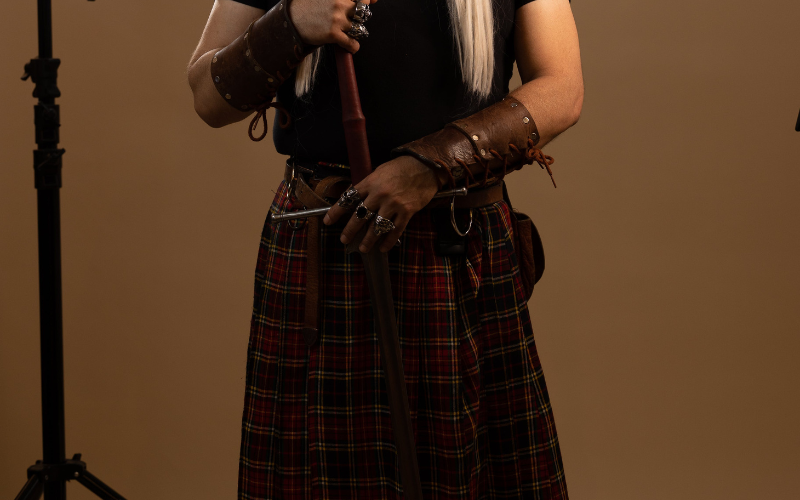
Tips for buying the perfect kilt
Buying the perfect kilt involves careful consideration of various factors, ensuring that the chosen garment not only fits well but also suits the occasion and reflects personal style. Here’s a detailed guide to help you navigate the process:
1. Determine the Occasion:
- Before diving into the world of kilts, identify the specific occasion for which you need the garment. Different events call for different styles, whether formal, casual, or sports-related.
2. Understand Kilt Types:
- There are various types of kilts, each tailored to specific occasions.
- Formal Kilts: Such as the Prince Charlie, are typically worn at weddings and formal gatherings.
- Casual Kilts: More relaxed options suitable for everyday wear or casual events.
- Sports Kilts: Shorter and made of durable materials, ideal for Highland games or sports events.
3. Select the Right Tartan:
Tartan patterns are a crucial aspect of kilts, representing family heritage or personal preference. Choose a tartan that resonates with you and fits the occasion. Some events may have specific tartans associated with them.
4. Choose the Fabric Wisely:
Kilts come in various fabrics, with wool, cotton, and poly-viscose blends being the most common.
- Wool: Traditional and ideal for formal occasions, offering a luxurious feel.
- Cotton: Lightweight and breathable, perfect for casual gatherings and warm weather.
- Poly-Viscose Blend: A balance between tradition and practicality, providing the look of wool with easier maintenance.
5. Determine Your Size:
Kilts are typically worn at the natural waist, and getting the right size is crucial for comfort and appearance. Measure your waist accurately, and consider any additional specifications, such as kilt length.
6. Consider Kilt Length:
Kilt length is a matter of personal preference, but it also depends on the occasion.
- Formal Kilts: Typically longer, falling just above or on the knee.
- Casual Kilts: Can be shorter for a more relaxed look.
7. Explore Closure Options:
Kilts can have different closure methods, such as buckles, straps, or buttons. Choose a closure style that you find comfortable and aesthetically pleasing.
8. Accessorize Thoughtfully:
Accessories complete the kilt ensemble. Consider adding:
- Sporran: Functional and decorative, choose a style that matches the occasion.
- Kilt Pin: Adds flair and prevents the kilt from flapping open.
- Kilt Hose and Flashes: Essential for a polished look, coordinating with the tartan or overall outfit.
9. Test for Comfort:
When trying on a kilt, ensure it provides comfort and ease of movement. Pay attention to how it sits on the hips and how the pleats fall.
10. Check for Quality:
Examine the quality of craftsmanship, stitching, and fabric. A well-made kilt will not only look better but also last longer.
11. Set a Budget:
Kilts come in a wide price range. Set a budget based on your preferences and the intended frequency of use. Consider it an investment, especially for formal occasions.
12. Read Reviews and Recommendations:
Before making a purchase, read reviews from reputable sources or seek recommendations from those experienced in wearing kilts. This can provide insights into the quality and authenticity of the product.
13. Explore Customization Options:
Some occasions may call for a personalized touch. Explore customization options, such as adding unique embroidery or opting for a bespoke kilt tailored to your specifications.
By following these detailed steps, you’ll be well-equipped to buy the perfect kilt for any occasion. Whether you’re immersing yourself in Scottish tradition or simply looking to make a stylish statement, a well-chosen kilt can be a timeless addition to your wardrobe.
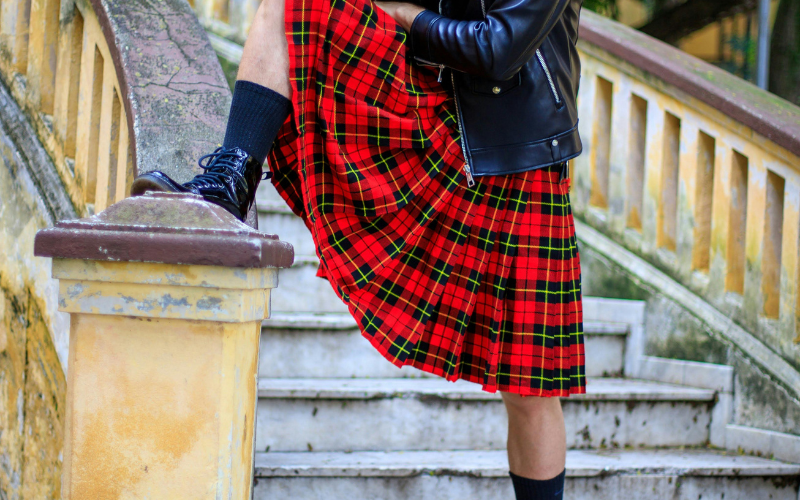
Conclusion:
The art of buying kilts extends beyond choosing a piece of clothing; it’s about embracing tradition, expressing individuality, and understanding the nuances of each occasion. Whether you’re attending a formal event, a casual gathering, or a sports competition, the right kilt can make a powerful statement. By considering occasion-specific styles, selecting the appropriate fabric, and accessorizing thoughtfully, you’ll not only master the art of buying kilts but also create a lasting impression at every event. So, step into the world of kilts with confidence, and let your attire tell a story of tradition, style, and personal heritage.
In the pursuit of the perfect kilt, it’s not just a garment you seek; it’s a symbol of tradition, personal style, and the essence of the occasion. Navigating the intricate world of kilts requires a thoughtful approach, considering factors like occasion specificity, tartan patterns, fabric choices, and sizing details.
The fabric, whether the timeless wool, breathable cotton, or versatile poly-viscose blend, defines the comfort and aesthetics of your kilt. Sizing matters, too, as a well-fitted kilt not only enhances your appearance but also ensures ease of movement, crucial for any occasion.
As you explore closure options, accessories, and customization features, the individuality of your kilt ensemble takes shape. The sporran, kilt pin, and kilt hose add layers to your outfit, turning it into a comprehensive expression of your style and respect for tradition.
Testing for comfort, checking for quality, and setting a reasonable budget are practical steps that marry style with practicality. After all, a well-made kilt is not just an investment in appearance but a commitment to lasting quality.
So, whether you’re stepping into a formal gathering, a casual get-together, or a spirited sports event, your kilt becomes a statement, a connection to heritage, and a testament to your understanding of the art of kilt buying.
In conclusion, the perfect kilt is not merely an item of clothing; it’s an embodiment of culture, history, and personal identity. Embrace the journey of selecting the ideal kilt for your needs, and let each pleat, pattern, and accessory tell a story that goes beyond fabric and stitching—a story that encapsulates the spirit of the occasion and the wearer.
FAQs
1. Can I wear a kilt to events other than Scottish occasions?
- Absolutely! Kilts have transcended their Scottish roots and are embraced globally. They make a unique and distinguished statement at various events, from weddings to formal gatherings.
2. How do I choose the right tartan pattern for my kilt?
- The tartan pattern often reflects family heritage or personal preference. Research your family’s tartan if applicable, or choose a design that resonates with you. Some events may also have associated tartans.
3. Is it possible to customize a kilt with specific designs or embroidery?
- Many kilt makers offer customization options. You can add unique embroidery or opt for bespoke features. Check with the manufacturer or tailor to explore personalizing your kilt.
4. Can I wear the same kilt for both formal and casual occasions?
- A: While some kilts are versatile, it’s advisable to have different kilts for various occasions. Formal events may call for specific styles like the Prince Charlie, while casual gatherings allow for more relaxed options.
5. How do I care for and clean my kilt?
- A: Care instructions depend on the fabric. Wool kilts may require dry cleaning, while cotton and poly-viscose blends are often machine washable. Always follow the care guidelines provided by the manufacturer to maintain the quality of your kilt.

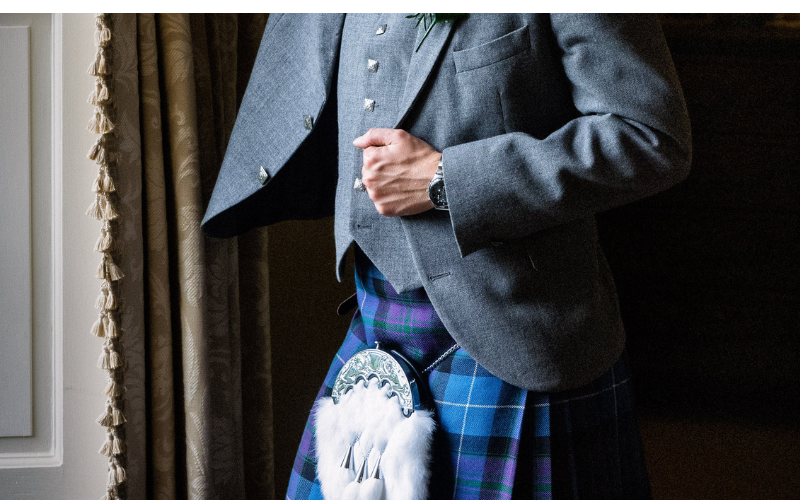
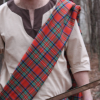
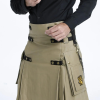
Leave a reply